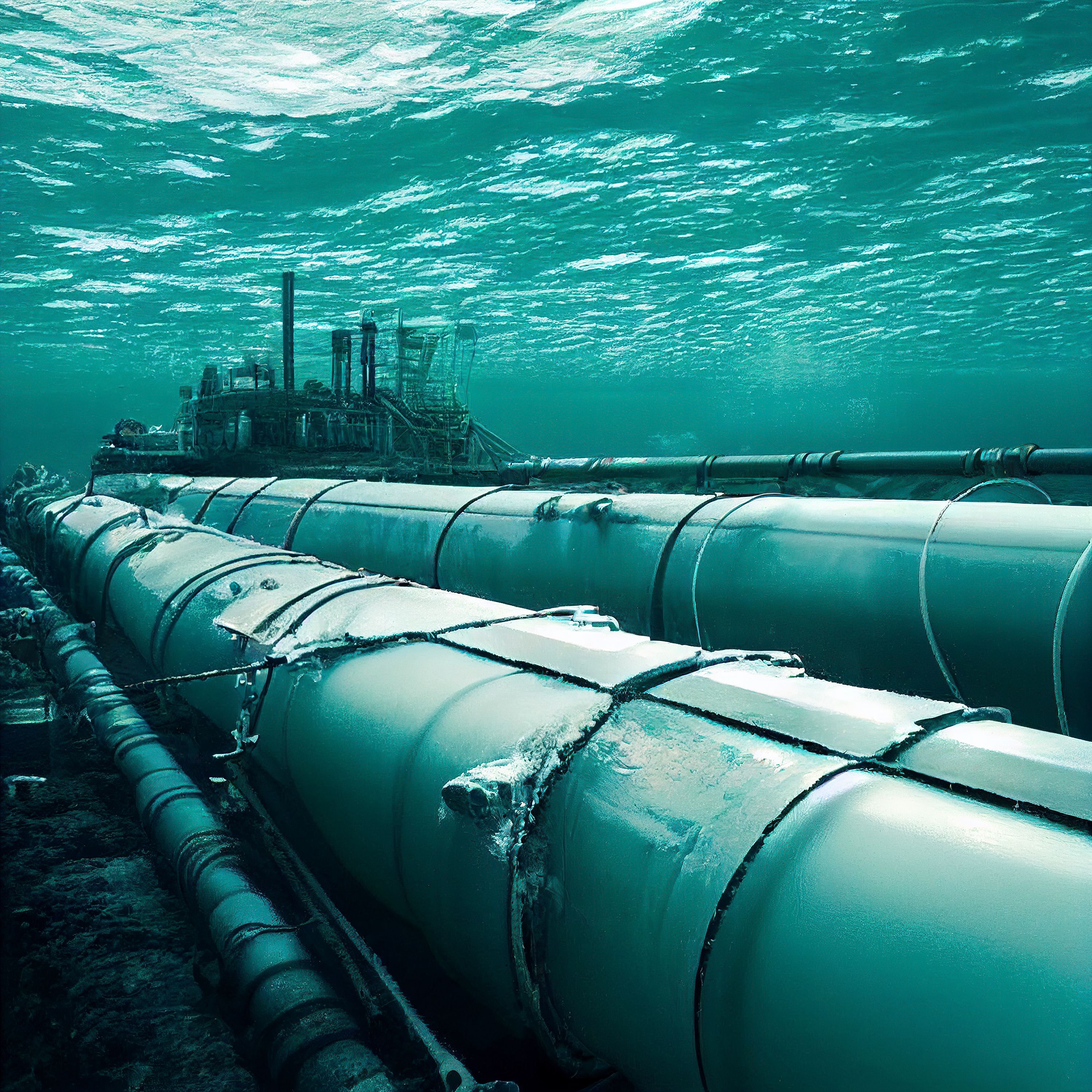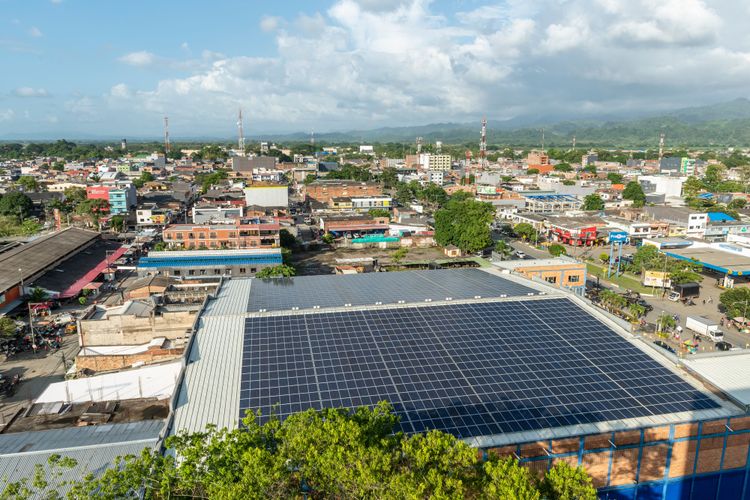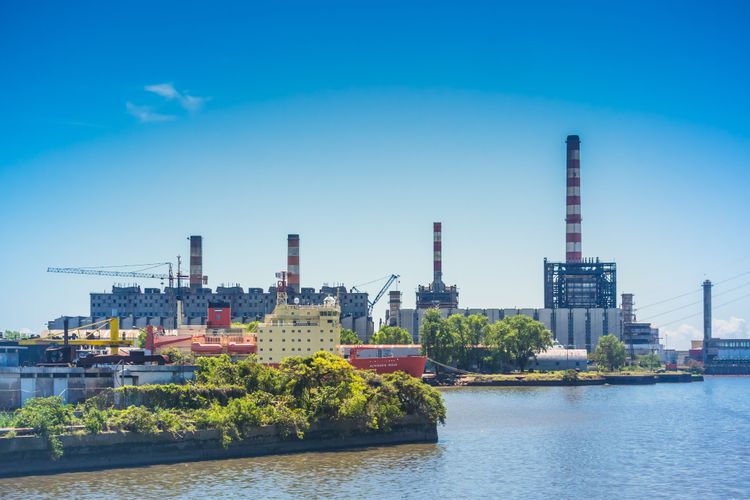Decreasing methane from the energy sector involves monitoring and reducing fugitive emissions, replacing natural gas with renewable energy, and improving energy efficiency.

Major emissions sources
Methane is emitted when natural gas and other fossil fuels are produced and consumed. Natural gas, which is mostly methane, is the main culprit. Burning it to generate electricity, heat homes, operate industrial machinery, and light stoves generates methane. Burning oil and coal emits a small amount of methane.

Methane is also released into the atmosphere when natural gas, oil, and coal are extracted or mined, processed, and distributed. These emissions are called fugitive emissions.
Solutions
Three proven solutions can cut methane emissions from the energy sector.

- The oil and gas sector can use existing technology to monitor and reduce fugitive emissions. Natural gas companies can also reduce fugitive emissions from distribution by replacing older piping systems and putting leak detection systems in place.
- Energy generated with natural gas can be replaced with wind, solar, hydro, biomass, and other forms of renewable energy.
- Improving energy efficiency in buildings—with stricter building codes and energy efficiency retrofits—can reduce the demand for natural gas and replace systems that currently use it.
These solutions reduce air pollution with benefits for all—methane pollution contributes to respiratory and heart diseases, and damages lung tissue. Children and seniors are the most vulnerable.
Energy efficient buildings also tend to be more comfortable than others because they do a better job of regulating indoor air quality and temperature. Energy efficiency also reduces energy bills and retrofit programs create jobs in the construction sector.



